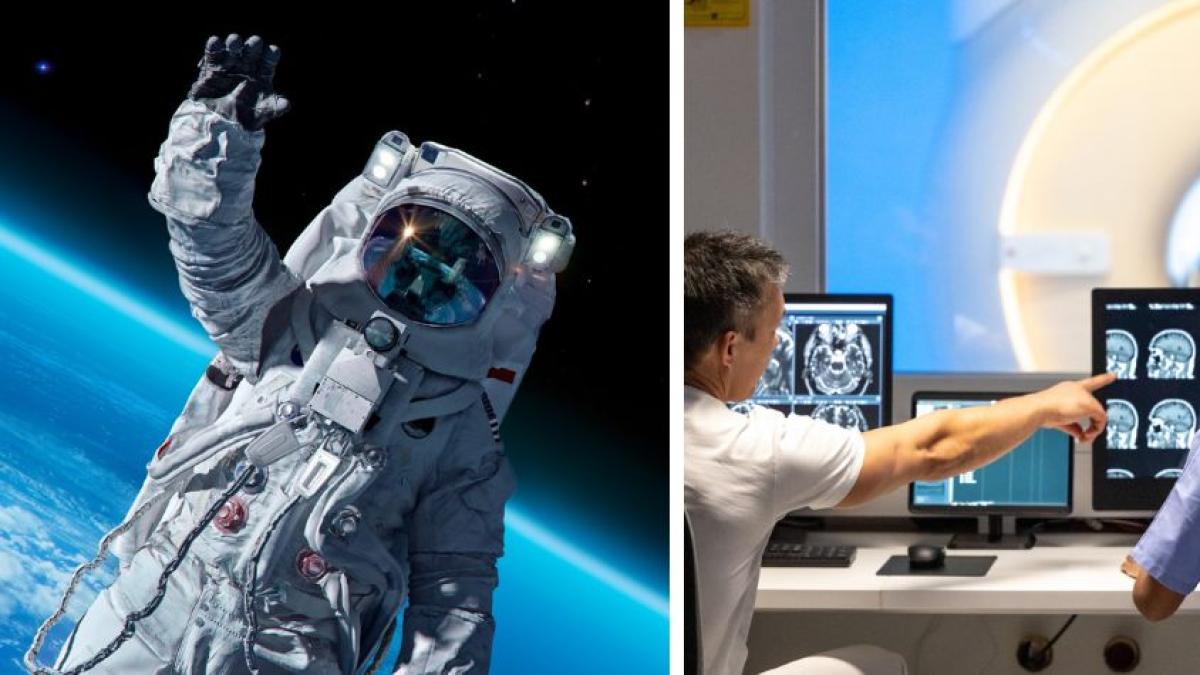A few months ago, On March 4, 2024, NASA's SpaceX Crew 8 mission was successfully launched. The rocket was launched from the Kennedy Space Center in the United States, carrying a crew of three astronauts and an astronaut. One of the goals of the trip was to develop more than 200 scientific experiments, in order to solve questions related to the human body and various diseases.
“There are about 200 scientific experiments. “Many things we dreamed of in the old days are starting to come true: the use of protein crystal growth, and medical research on the use and growth of stem cells in microgravity,” explained NASA Administrator Bill Nelson. “Florida Today”.
Currently, the results of scientific experiments for this mission are still awaited. but, Previous research has shown the benefit of living in space in understanding diseases and health conditions.
“Scientific experiments conducted with astronauts in space are improving our understanding of medical conditions on Earth,” a CSA press release said.
Living in space to develop osteoporosis treatments
Therefore, experiments were conducted on mice to search for solutions. Scientists Emily German Lee and Si-Jin Lee developed an experiment in the International Space Station laboratory on the effect of microgravity on rodents.
(We recommend reading: The 16-year-old Colombian who will be at NASA after designing an app for the deaf.)
The team's findings, published in the journal PNAS, revealed that inhibiting the protein provides significant protection against muscle and bone loss in microgravity. Findings that could lead to new treatments for patients on Earth.
“Targeting this pathway could be used to help people with disuse atrophy, especially older adults and those who are bedridden or wheelchair-bound. It may also be beneficial for those suffering from muscle and bone loss due to conditions such as muscular dystrophy, osteoporosis, cancer, heart disease, sepsis, and AIDS.“He pointed to me.
The effect of microgravity on cancer cells
He explained in his work that cells growing in space are organized into three-dimensional groups, which is similar to what happens in the human body. His research highlighted how A microgravity environment can help scientists identify cellular changes that cause cancer, which could lead to new treatments that improve patients' quality of life or develop preventative measures.





